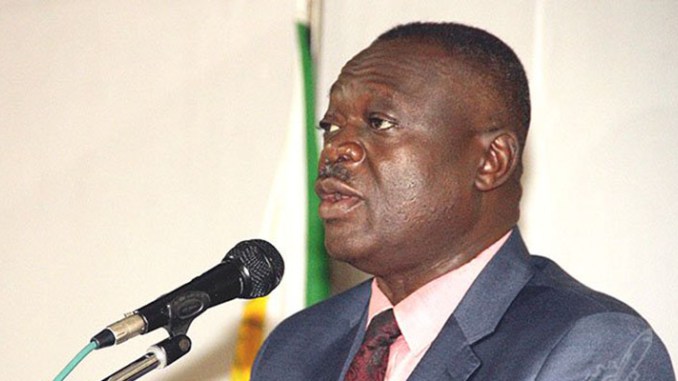Mozambique market ripe for exports: ZimTrade

Oliver Kazunga, Senior Business Reporter
ZIMTRADE has urged local exporters to tap into vast opportunities presented by the Mozambican market leveraging on the sound political and trade relations existing between the two countries.
The eastern neighbouring country last year recorded an import bill amounting to US$10,9 billion from which Zimbabwe exported only US$354,3 million worth of goods.
Presenting through a virtual platform, research findings of a market survey conducted in March yesterday, ZimTrade manager for export development Mr Tatenda Marume said the survey focused on three different economic sectors.
The sectors were Fast Moving Consumer Goods (FMCG), agriculture inputs and implements as well as building and construction.
“Mozambique’s trade performance, averages between US$9 billion and US$10 billion in terms of their imports per annum and to put things into perspective that is almost double that of Zimbabwe and it gives you an idea of the share of the cake that is available in this particular market.
“For instance, if you look at equipment and machinery, the machinery is going towards the construction sector, it is also going towards the agricultural sector. Zimbabwe can be sending complementary products in that sector,” he said.
Mr Marume said Mozambique also has a strong appetite for inorganic chemicals and fertiliser for the agricultural sector adding that South Africa is a leading source market accounting for almost 34 percent of products imported into the eastern neighbouring nation.
“You find that South Africa is the dominant supplier responsible for almost 34 percent of goods that are exported into Mozambique. Zimbabwe is coming at a distant 4th at two percent and if you look at the proximity that we have with Mozambique that is a figure (two percent) that needs to be improved,” he said.
On the FMCG sector, Mr Marume said Mozambique was dominated by international brands with most of them coming from South Africa. Because of the Portuguese link the eastern neighbour has some Portuguese-speaking countries like Portugal and Brazil also exporting into Mozambique.
“I was actually shocked to see some of the products coming as far as Australia and it was honey. In my mind, l was saying if honey is coming from Australia, can we also not export such products into Mozambique; UAE (United Arab Emirates) is another significant supplier into this particular market.
“Looking at the composition of products that are imported, you find that there are quite a number of products that we as Zimbabwe have with potential such as juices, butter, milk as well as beverages,” he said.
Last year Mozambique spent about US$500 million importing food stuffs and of that figure Zimbabwe accounted for US$982 000.
“And that’s a figure we need to improve on,” said Mr Marume.
Mozambique stretches 1 750 kilometres from the North to the South and that put into perspective, Zimbabwe is just above 750km and thus it would be a miscalculation if the neighbouring country is classified as one homogenous market.
Mr Marume said this was because there are quite a number of differences to the northern part of that country with a total population of 30 million.
“For instance, there are different economic activities, different demographics and different logistical considerations that l believe are key to the success of the business in this particular market,” he said.
Other consideration to successfully penetrate that export market include proper packaging and labelling in Portugese as it is their official language.
Mr Marume said the Mozambican economy has been on a growth trajectory and for the decade ending 2015, that country was one of the highest and fastest growing economies in Africa averaging between five percent and seven percent annually.
“Of course, there were challenges with falling commodity prices, Cyclone Idai and Cyclone Kenneth, but the World Bank projects a growth of 4,3 percent in 2021, which is quite significant. Those that will be doing business in Mozambique have an option of doing it under two different trade agreements.
“We have a bilateral trade agreement with Mozambique and we can also trade under the Sadc Trade Protocol. Both give duty-free access for qualifying goods,” he said.
Through the 2020-2023 strategy and the National Export Strategy, Zimbabwe seeks to grow exports by 10 percent annually. – okazunga.









Comments